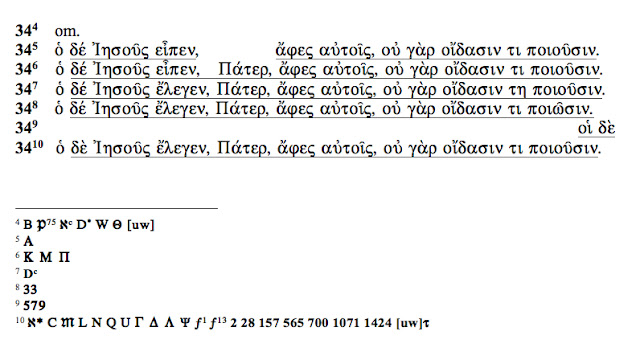Stephen Neill recalls:
It may be interesting to give an illustration of the practical use to which [the principles of textual criticism] can occasionally be put. Many years ago, when I was teaching in a high school in India, I had given my class some work to do in their own time, and had told them that they were not to get help from one another. When the papers came in, it was quite clear that collaboration had taken place. I decided to see whether, by close application of the methods of textual criticism, and particularly by noting the errors in the various texts, I could work out the process of this collaboration. It quickly became evident that the source of all the incriminated papers was the work of one clever boy. He had lent his paper to two boys, each of whom had lent his to others; and so it went on, As far as I remember, eleven boys were involved. I was able to write up on the blackboard a chart in the form of a family tree, showing exactly what had happened, and who had copied from whom. The boys were fain to admit that my chart was exact in every particular. To them this seemed little short of witchcraft, but then they had not had the advantage of studying the first principles of textual criticism. (The Interpretation of the New Testament: 1861—1986, 2nd ed., 72)


 Father, forgive them, for they do not know what they are doing" ">
Father, forgive them, for they do not know what they are doing" ">
